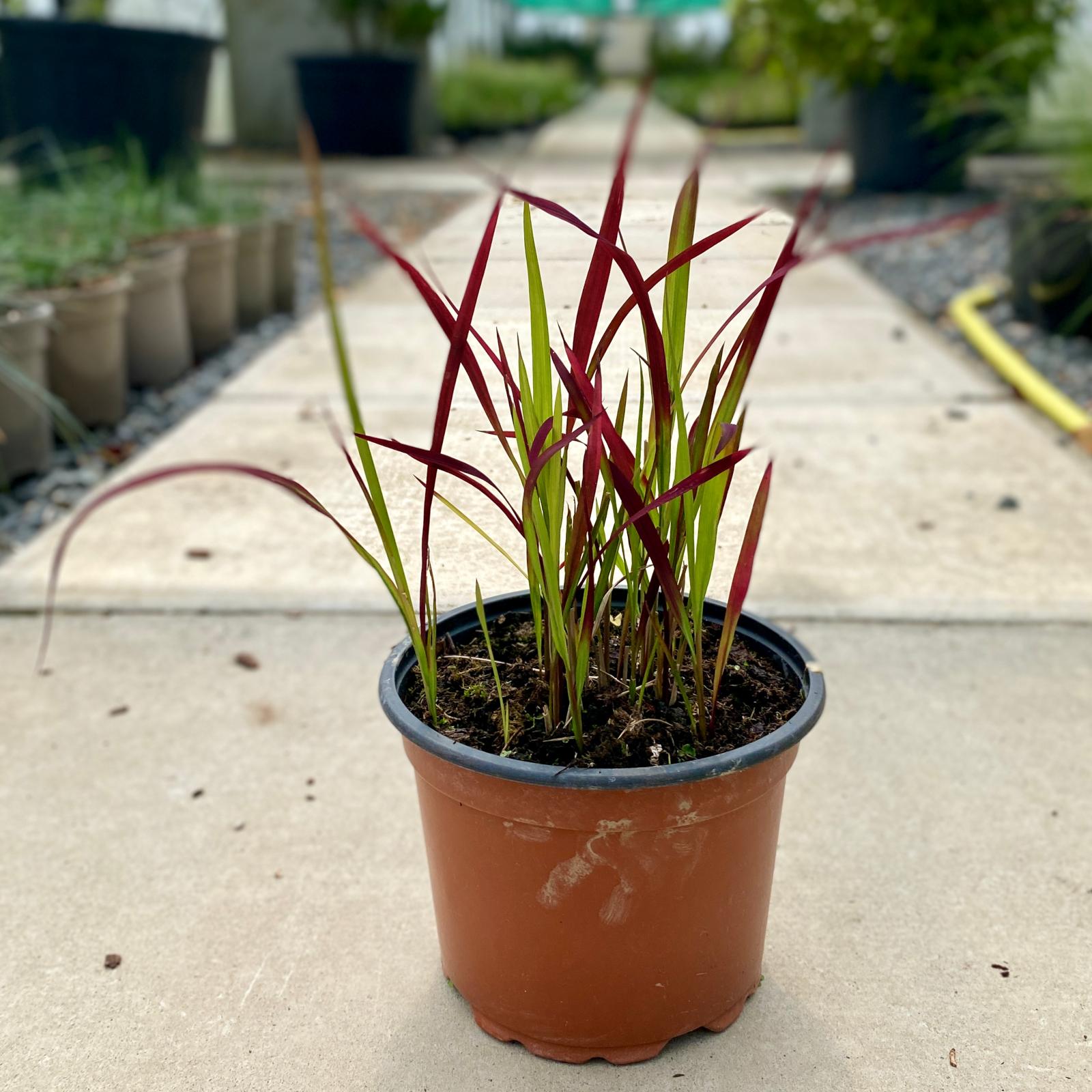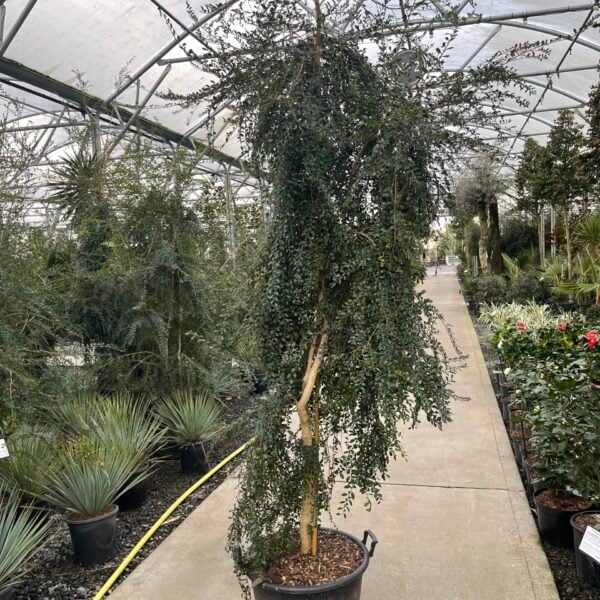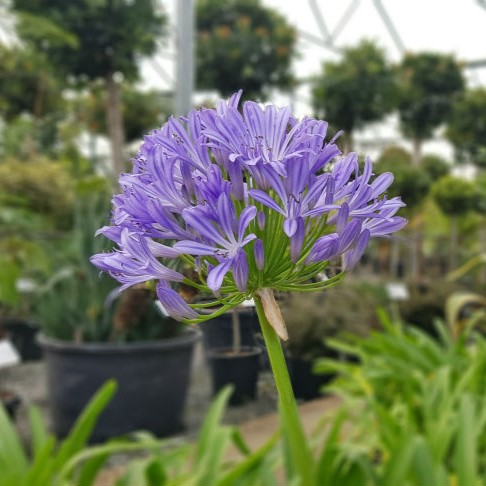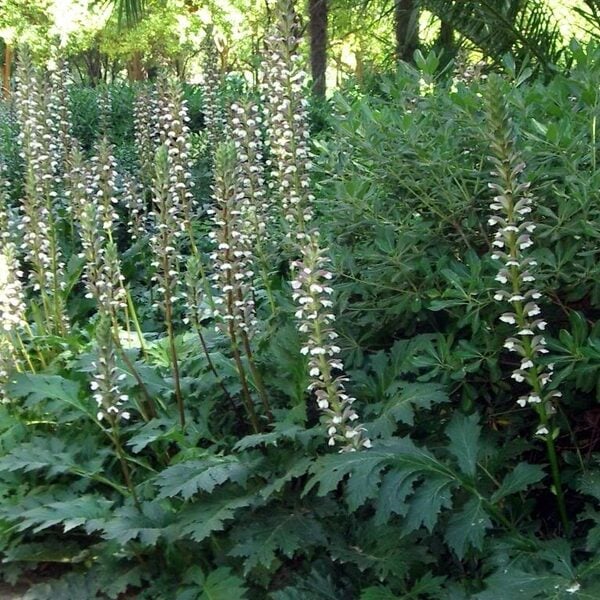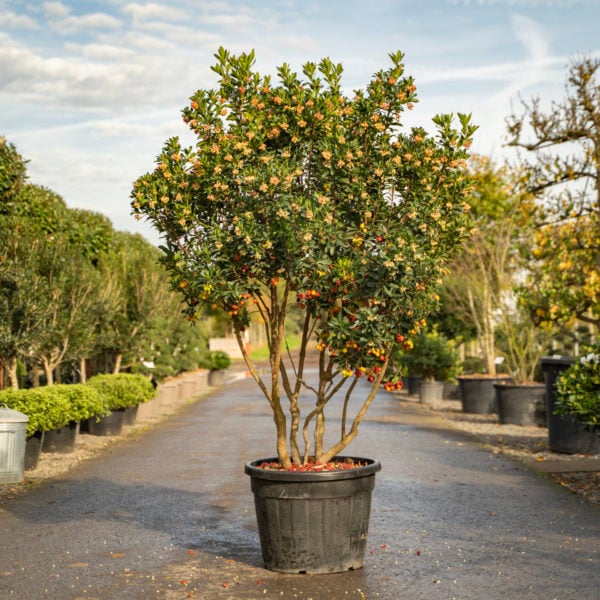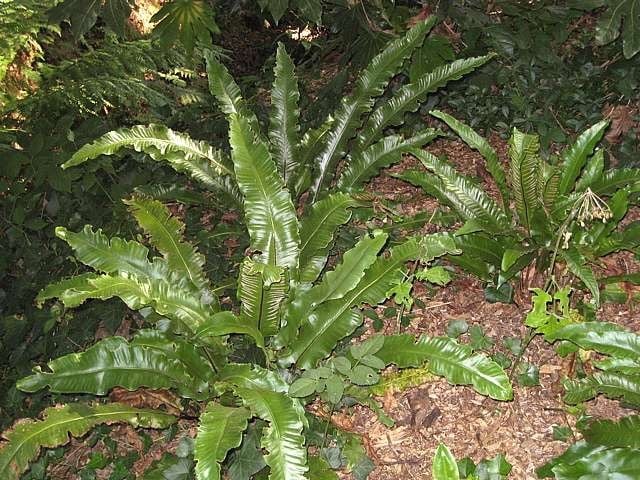Imperata cylindrica ‘Red Baron’ (Japanese Blood Grass)
£16.50 incl. VAT
Deciduous grass. New shoots come through bright green with tips turning deep blood red. 2 ft x 2ft

Hardiness level Amber
Japanese Blood Grass. With a name like that, one imagines mediaeval Japanese Samurai Warriors gorging themselves on this stuff before committing savagery upon their hapless foes. However, a moment's reflection would suggest this to be unlikely unless they had two stomachs and made mooing noises. Because of the high starch and sugar content in the flowers and young tips of this plant, in parts of South-East Asia, it is cooked and eaten. By people.
It grows to a maximum of 2ft in Britain and spreads slowly and the young growth is red - very red and then it dies down in winter. Best to cut it as close to the ground as possible in the winter. It needs space and light and good rich soil and not for the very coldest of gardens; it's natural habitat is between 45 degrees north and 45 degrees south. Britain is well north of that.
The name Imperata Grassland is used to describe grassland (mostly dominated by species of Imperata and therefore related to this stuff) that's been created by some kind of natural or man made event (fire or hurricane for example) that's removed all the forest cover. Slowly Imperata Grassland will revert to its former state of forest.
Propagated by division
Additional Information |
|
|---|---|
| Size | |
| Soil Type | |
| Light | |
| Plant Type | |
| Continent of Origin | |
| Specialist Plants | |
| Features | |
| Situation | Coastal, Exposed (To wind and sun), Mild City Gardens, Plants for Pots, Sheltered Garden |
| Hardiness | |




